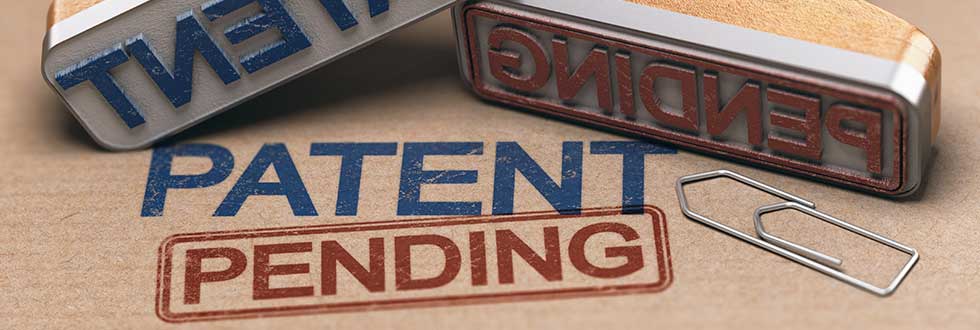What Is an Inter Partes Review (IPR)?
If you are a patent holder, you may already know and dread the term inter partes review. An inter partes review or IPR is an administrative trial held before the Patent Trial and Appeal Board (PTAB) to determine whether a patent is invalid under Section 102 or 103 of the Patent Act. Any person or company (other than the patent owner) can challenge the validity of any U.S. patent. See, e.g., 37 C.F.R. 42.104.
IPRs are becoming more common and troublesome, especially since every type of patent is eligible for review. In this post, patent and trademark lawyer Tim Billick and his team will discuss some basic facts and common misconceptions about challenging patents before the PTAB and what to do if it happens to you.
IPR Statistics
For those new to the patent world, you may be surprised to learn that the validity of a U.S. patent can also be challenged outside of the USPTO and in federal court litigation. While federal courts remain open to adjudicating the validity of patents, filing an IPR petition with the PTAB is generally regarded as a more efficient option than U.S. district court.
Since its creation in 2012, the PTAB’s inter partes review has been a popular and convenient option for challenging patents. Approximately 100-200 petitions are filed each month. The PTAB grants more than 60% of IPR petitions.
How to File Inter Partes Review Petition
How a Claim Is Filed
To file an IPR petition, first, a claimant must file in a timely manner. Once an infringement complaint has been filed against you, you have one year to file your IPR petition.
Second, your petition must comply with all statutory conditions. Those conditions include:
- Payment of the $9,000 filing fee, or $14,000 if a full review is granted;
- The name of every party involved in the action; and
- The identity of each challenged patent, reasons, and evidence for your challenge.
You will need to be able to support your claims with ample evidence. It is important to remember you can only challenge a patent via IPR under Section 102 (anticipation) and/or Section 103 (obviousness) of the Patent Act. Generally accepted evidence can include publications and copies of additional patents or expert opinions and affidavits. The PTAB also relies upon documents that only the patent owner would have and any other information requested by the PTAB in rendering its decisions. Speak with an experienced patent litigator to help you understand your claims and your evidence.
What to Expect During the Claims Process
Commencing the IPR process does not automatically pause (“stay”) proceedings in federal court. You have to request such a stay, either by stipulating with the opposing party or making a motion. These requests are frequently granted, but you still have to ask for one. After the PTAB has reached a decision, you cannot request another review on the same grounds or information as could have been used in your IPR (we call this “estoppel”). However, you do have the right to appeal any decision in your IPR. Contact a patent attorney near you to understand your rights after a decision on your IPR petition.
Settling Your IPR Petition
You can try to settle your patent dispute directly at any time during the IPR process. Submit settlement proposals in writing to the PTAB. If the PTAB accepts the settlement terms, the IPR will be canceled.
Factors Considered in an IPR
In 2020, the PTAB announced five factors to determine whether an inter partes review is appropriate when ongoing, parallel federal court litigation could determine the validity of a patent before the PTAB could complete its review. The factors were termed the “Fintiv factors,” after the case Apple v. Fintiv that set forth the analysis. What followed was a sharp increase in IPR petition denials citing and applying the Fintiv factors.
While there has been some fear that Fintiv and discretionary denials at the PTAB are in decline, this seems not to be the case. Rather, PTAB seems to be evolving away from a singular focus on parallel district court trial dates when considering Fintiv factors.
Other Ways to Challenge a Patent
In specialized cases, challenge methods outside of IPR may be appropriate to challenge a patent. These can include:
- Post Grant Review (PGR),
- Covered Business Method (CBM), and
- Ex Parte Review.
All these types of challenges may be much more specialized than an IPR and might only apply to certain types of patents or business methods. An experienced patent attorney can help you understand which one of these might apply to your circumstances.
How TBillick Law Can Help
Work with TBillick Law as your creative counsel and protect your innovations today. Tim Billick and his team offer offensive and defensive patent litigation services, as well as advice and counsel in filing your patents and trademarks. We also frequently partner with other law firms that normally do not practice patent law to advise on these specialized proceedings. Contact us at 206-494-0020 to get started today.

